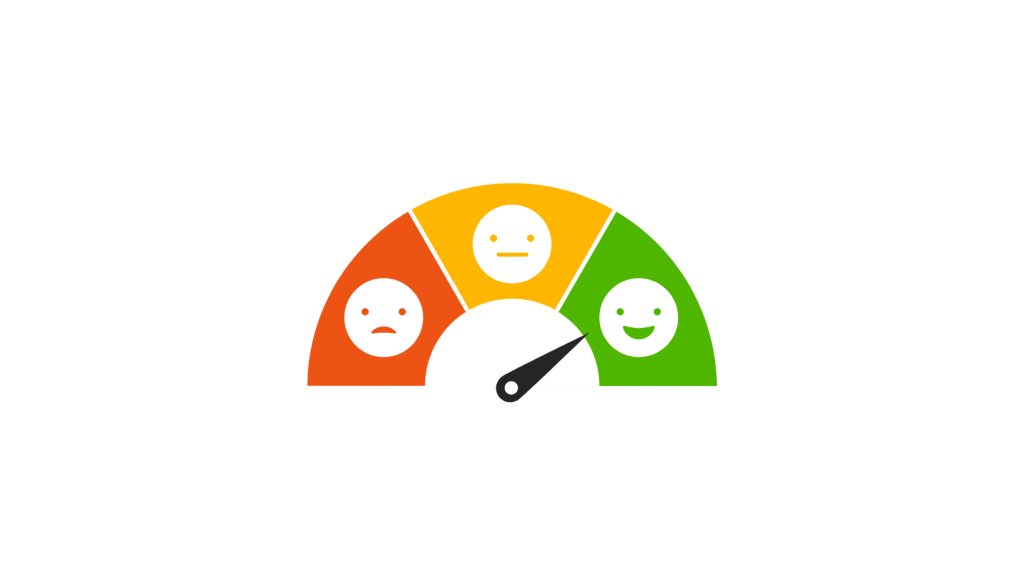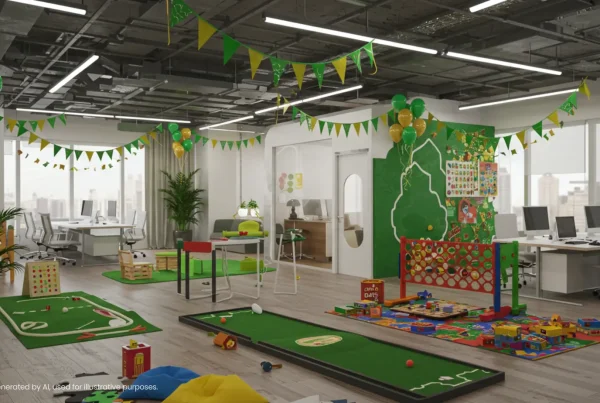
In the modern work environment, team building is no longer a once-in-a-blue-moon getaway; rather, it’s an investment in employee collaboration, communication, and morale. But how does one know the best time for team building and how often it should be done for maximum effect?
Best Time for Team Building
Timing can play an important role in the success of team-building activities. Timing determines participation, involvement, and excitement.
1) Timing is everything: AVOID Peak Work Periods
Having team building at high demand times may be counter to desired results, since stress occurs rather than engagement. Avoid end-of-month deadlines, major project crunches, or seasonal busy periods where employees are already overwhelmed.
2) Mid-Week Advantage
Most team-building activities work best on Wednesdays. It is a refreshing break for the middle of the week without conflicting with weekend plans, making it more enjoyable for employees.
3) Post Major Project or Milestone
The best time for any team building is right after the completion of a big project. It is a well-earned reward and helps to solidify team bonding after working together under pressure.
4) Before a New Initiative
Team-building sessions, when timely, can make all the difference when a company is rolling out a new project, simply because they set the right tone, improve collaboration, and put people in line with the same drive for common goals.
How Often Should Team Building Be Done?
 The frequency of team building depends on company size, structure, and goals. Generally speaking, however: not too often that it feels forced, yet frequent enough to keep teams engaged.
The frequency of team building depends on company size, structure, and goals. Generally speaking, however: not too often that it feels forced, yet frequent enough to keep teams engaged.
Quarterly Team Building (Every 3-4 Months)
According to studies, quarterly team-building activities will preserve good relationships with others and help avoid burnout in the workplace. The activities will not overwhelm the daily functioning of the firm.
Less frequent but more abundant activities for dispersed teams
Given the increase of remote work, virtual team building activities should occur more frequently, or even biweekly. In fact, the virtual team doesn’t have travel or high-expense requirements, so it can be shorter but more often.
Annual or Bi-Annual Large-Scale Events
Large-scale team-building events, such as retreats or outdoor excursions, should be scheduled once or twice a year. Such events offer deeper bonding experiences that smaller activities might not provide.
Consider Other Things Too
 Ask For Employee Feedback
Ask For Employee Feedback
Not all teams are the same. Survey employees regularly to determine what type of team-building activities they enjoy and how often they’d like them.
Check For Budget and Practicality
Not every retreat needs to break the bank. Often, simple things like team lunches, problem-solving games, or just short outdoor activities can be as, or even more, effective.
Ask, “Is this aligned with the current business goals?”
Team building should never be done just for the sake of it. Whether it’s improved communication, increased motivation, or stronger cross-department collaboration, aligning activities with business objectives ensures long-term benefits.
By planning and considering when and how often to do team building, companies can create stronger teams, a better work environment, and overall higher productivity.
So, are you at the right time to prepare team-building activities for your team?













